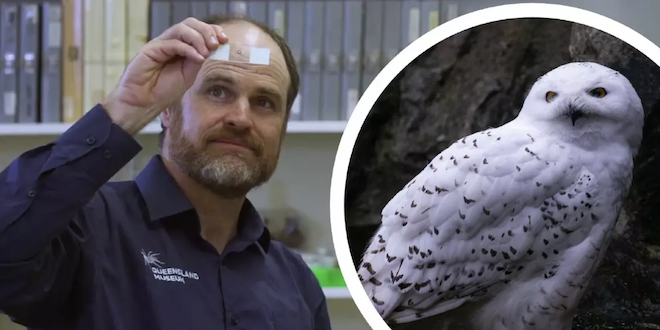Meet Hedwig: The New Mite Species Found on a “Potter” Beetle
Scientists have recently discovered a new species of mite and aptly named it hedwig after Harry’s famous snowy owl. This tiny creature was found hitching a ride on a Figulus beetle, a genus that translates to “potter” in Latin. Its discovery has added a new chapter to the fascinating world of biodiversity and the growing list of species named with Potter-inspired monikers.
Researcher Owen Seeman stumbled upon this newfound species of mite while studying beetles in different habitats. The scientists were intrigued by the small passenger and decided to investigate further.

Source: City Lismore News
After careful examination and analysis, the researchers officially classified the mite as a new species. In a nod to the beloved Harry Potter series, they chose to name it the Paraschizogynium hedwig. This naming tradition is common in the scientific community, where researchers often draw inspiration from various sources, including literature, to give unique identities to newly discovered species. In this case, since the beetle shares a name with Harry himself, borrowing the name of Harry’s trusty owl for the beetle’s companion was the obvious choice.
The Paraschizogynium hedwig is a tiny arachnid (and a distant ancestor of Aragog, perhaps?) belonging to the mite classification. Mites are relatives of spiders and ticks, and they are known for their minuscule size. The scientists described this species as having a unique set of characteristics, including specific features on its body and legs that distinguish it from other mite species.
While scientists are still studying the ecological role of hedwig, mites, in general, play crucial roles in various ecosystems. Some mites help break down organic matter, contributing to nutrient cycling, while others are predators, feeding on harmful pests. Understanding the ecological role of hedwig will provide valuable insights into the balance of nature. Furthermore, its association with the “potter” beetle adds a touch of charm to this scientific exploration, making it accessible and engaging for people of all ages.

